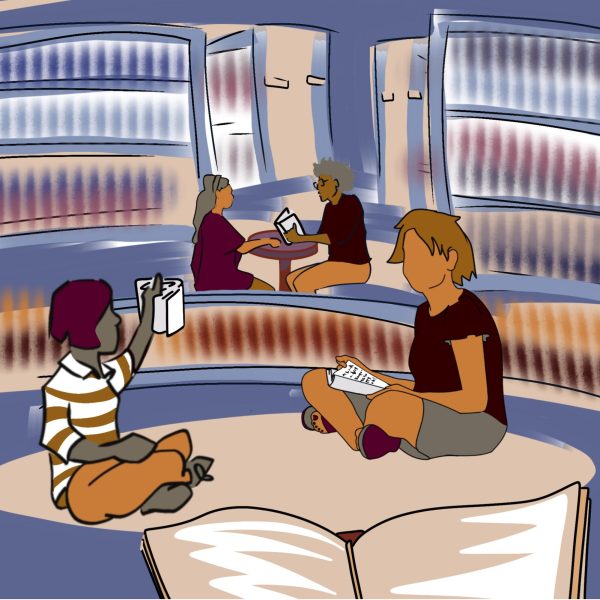Guest Column: Terrorism and the ivory trade
October 17, 2013
The following editorial appeared in the Los Angeles Times
If the world needs another reason to get serious about combating elephant poaching, here’s one: The attack by terrorists on Westgate Mall in Nairobi. Income from illegal ivory trafficking is a substantial funding source for the Shabab, the group that claimed responsibility for the attack.
The connection between terrorism and wildlife smuggling is clear. An 18-month undercover investigation conducted by our groups found an indisputable financial trail between the illicit trade in ivory and rhino horns and the Shabab. This connection is of increasing concern to world leaders. In her recent announcement of a new global effort to combat poaching, former Secretary of State Hillary Clinton noted that African terrorist groups, including the Shabab, “fund their terrorist activities to a great extent from ivory trafficking.”
Our investigation detailed how the Shabab acts as a middleman, taking orders from agents in Asia or Persian Gulf states and purchasing ivory from small-time brokers to fill those orders. The terrorist group, we found, pays better than many middlemen (about $90 a pound in 2012), making it an attractive buyer. The brokers (often related by clan) who engage the poachers, pay about $23 per pound, which means they make a hefty return in their dealings with the Shabab.
The Shabab’s spot as a premier broker is in part due to its financial and organizational prowess. And a recent crackdown by the Kenya Wildlife Service on ivory smuggling at its ports and airports has made the group an even more essential player. But the real driver of the Shabab’s ivory business is soaring demand in consuming countries, which raises prices and makes the trade ever more lucrative. Illicit raw ivory now fetches nearly $700 per pound in some parts of Asia.
The money the Shabab earns from the black market in ivory allows the group to recruit and pay its soldiers well and consistently. Because of the trade, Shabab fighters are paid about $300 a month, while those in Somalia’s regular army have often earned far less.
Breaking the Shabab’s financial lifeline won’t be possible unless consumers quit buying ivory.
Every illegal ivory carving purchased has an associated trail of blood that leads from butchered elephants to terrorist fighters and ultimately to slaughtered human beings, like those in the Nairobi shopping mall.
While we welcome recent actions, such as President Obama’s executive order and the just-announced three-year, $80-million Clinton Global Initiative Commitment to Action, which brings together NGOs, governments and concerned citizens to stop wildlife trafficking and the slaughter of Africa’s elephants, these things aren’t enough. It is ivory consumers who have the real power.
It is consumers who must understand the devastating toll of their purchases — and act accordingly.
Last year, more than 30,000 elephants were butchered on the African continent. A recent study found that more than 60 percent of the forest elephant population had been killed for ivory in the last decade, and scientists say they could well be extinct in 10 years if the butchery isn’t stopped.
And the larger savanna elephants are under attack too. In Zimbabwe, officials announced last month that more than 90 elephants were killed in a national park by poachers who spread cyanide in watering holes and salt pans, suggesting that poachers are growing more sophisticated and changing their tactics in response to more efficient operations by law enforcement agencies.
Buyers of ivory must understand that they are not simply purchasing a beautiful trinket. They are taking part in the slaughter of elephants. They are contributing to the deaths of rangers, men and women who lose their lives protecting elephants and rhinos. They are harming farmers, who have seen an increase in attacks by elephants traumatized by poachers. They are harming villagers and disadvantaged communities, who have been exploited by the poachers or forced into criminal activities.
It is expensive and logistically complicated for the Shabab to plan and carry out an attack, and the booming ivory trade is a very important source of funding. Consumers can impede the group by refusing to purchase ivory.
























